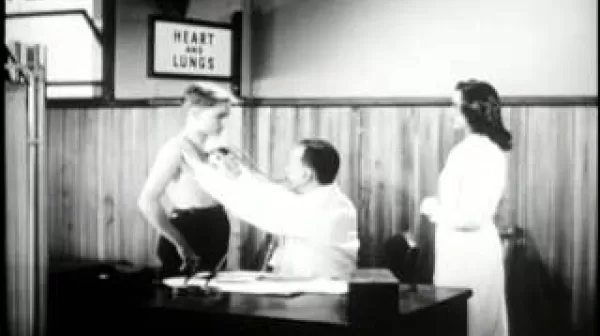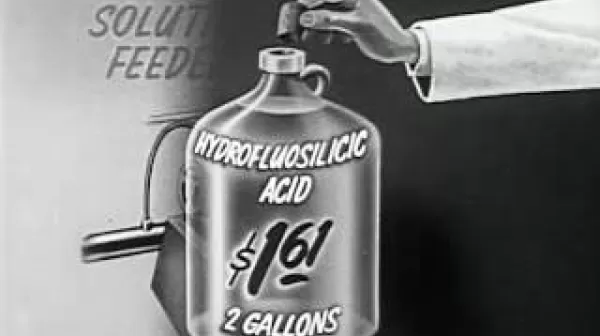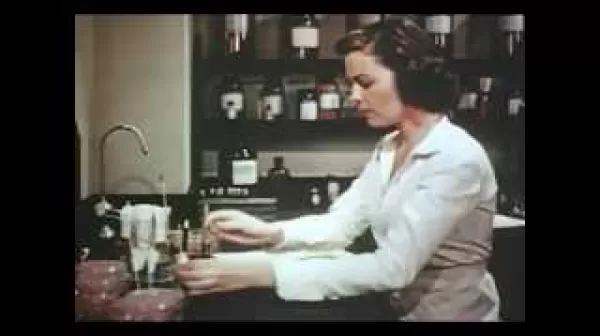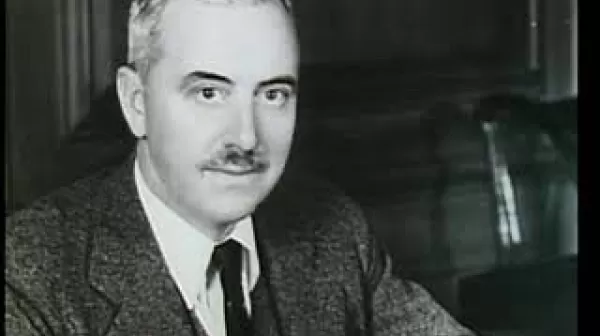An Outbreak of Salmonella Infection (USPHS, 1954)
This film tells the story of a group of soldiers who became infected with salmonella. First, clips of men getting sick and being taken to a hospital are shown, as the narrator explains that the men were experiencing abdominal pains, vomiting, diarrhea, dehydration, and fever. A doctor then finds salmonella organisms in a stool sample from one of the soldiers, so the narrator explains the importance of looking back to the preparation of dinner to isolate the problem. After checking all of the food, it becomes clear that the chicken and gravy were responsible.










